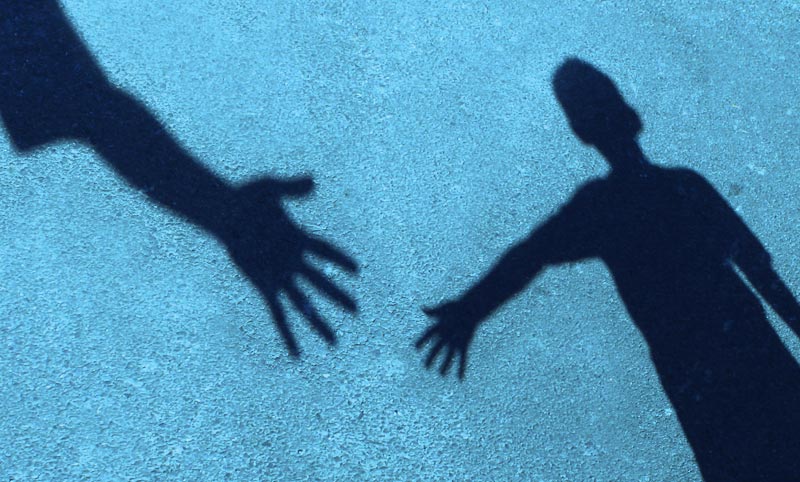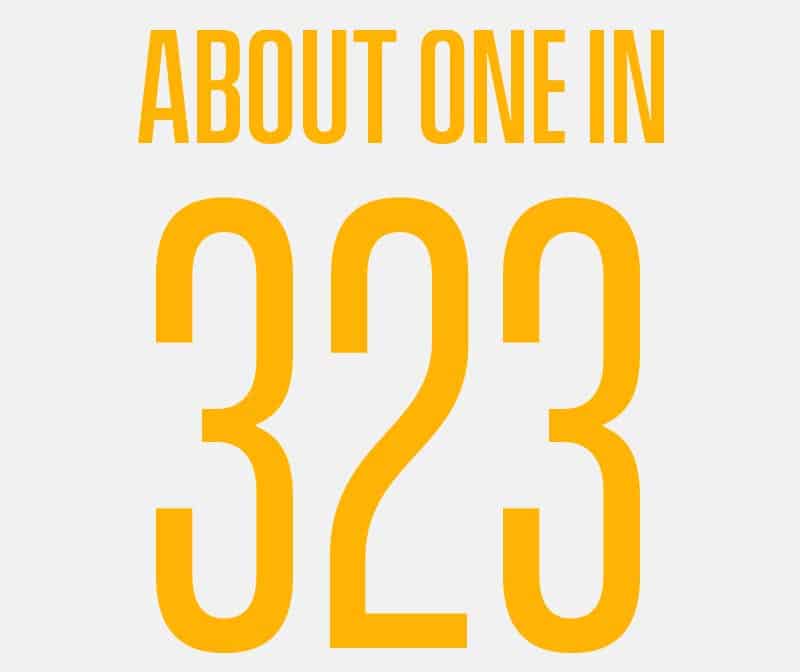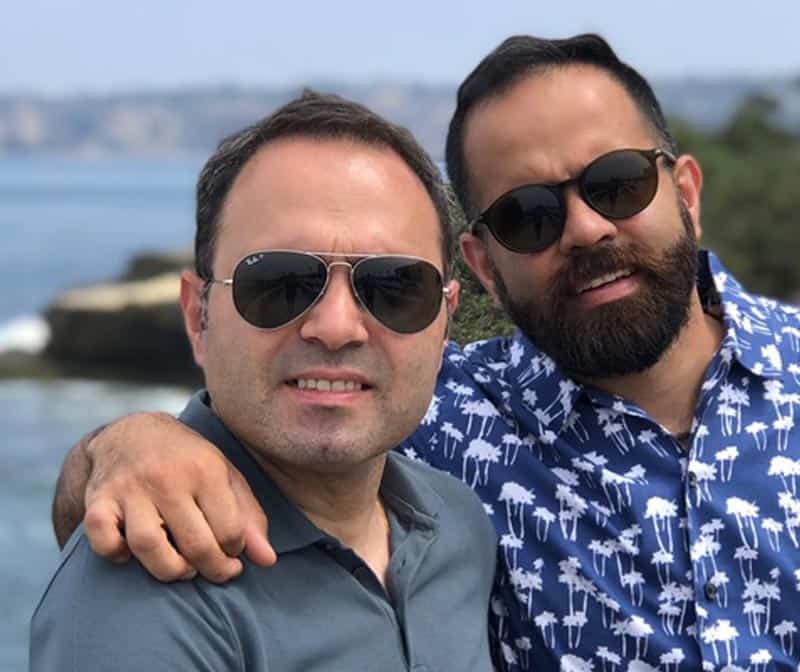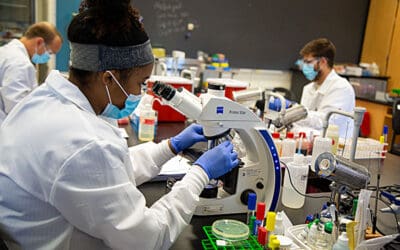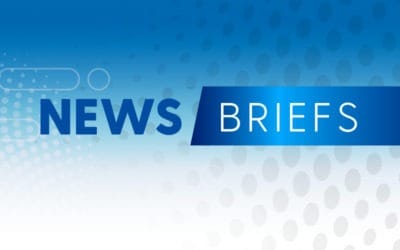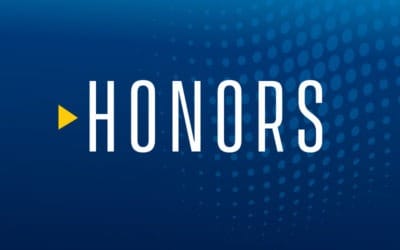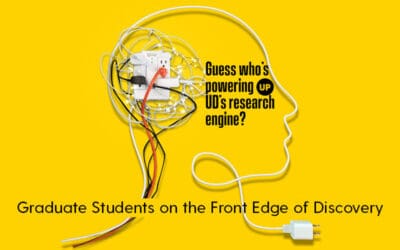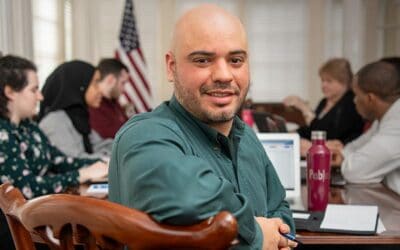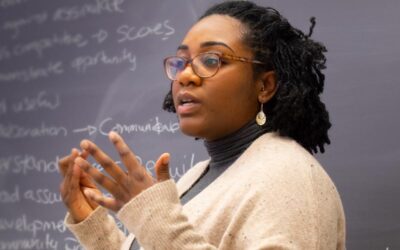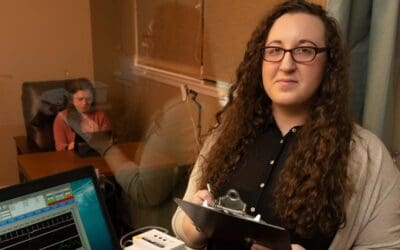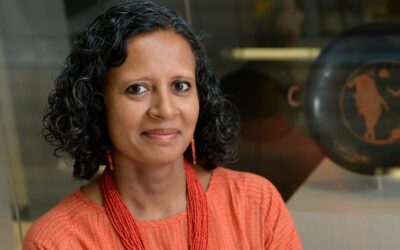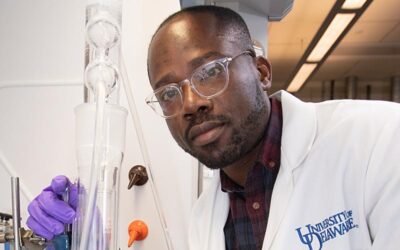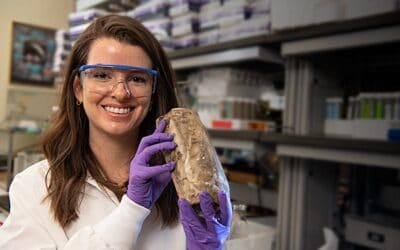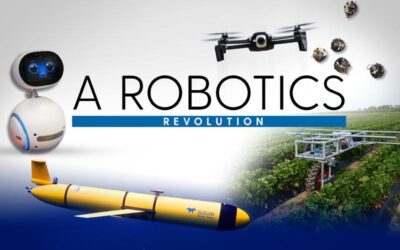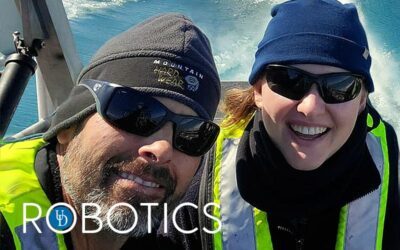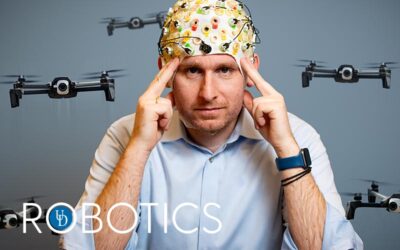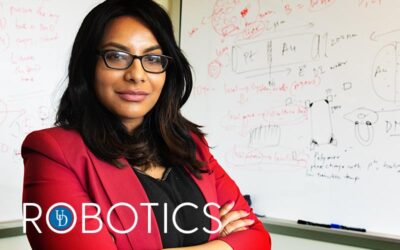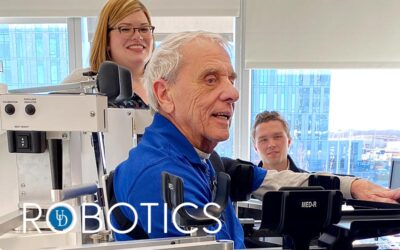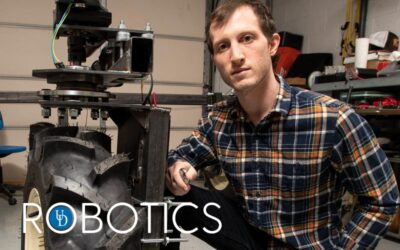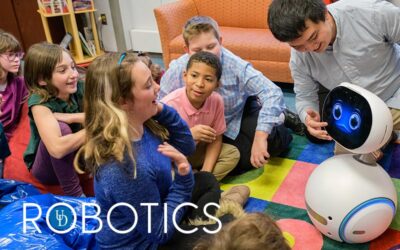Health
GRAD STUDENTS ON THE FRONT EDGE OF DISCOVERY
Ahad Behboodi is a post-doctoral fellow with the University of Delaware’s Horn Entrepreneurship program. Behboodi is leading work to commercialize a promising robotic ankle brace for children with cerebral palsy, which grew out of his UD doctoral work with Samuel Lee, an associate professor in the College of Health Sciences. Behboodi earned his doctoral degree in biomechanics and movement science at UD in 2019.
Pre-pandemic photo by Evan Krape
Health
GRAD STUDENTS ON THE FRONT EDGE OF DISCOVERY
Ahad Behboodi is a post-doctoral fellow with the University of Delaware’s Horn Entrepreneurship program. Behboodi is leading work to commercialize a promising robotic ankle brace for children with cerebral palsy, which grew out of his UD doctoral work with Samuel Lee, an associate professor in the College of Health Sciences. Behboodi earned his doctoral degree in biomechanics and movement science at UD in 2019.
Helping children move
by Karen Roberts
Growing up, Ahad Behboodi’s brother Ali often would say that Ahad was destined to “do something important” in life.
At the time it seemed like the wide-eyed musings of an admiring younger sibling. Looking back, Behboodi realizes that it is a message he has carried with him over the years, equal parts encouragement and responsibility.
Today, Behboodi is a postdoctoral fellow with the University of Delaware’s Horn Entrepreneurship program, where he is leading work to commercialize a robotic ankle brace with the power to help children with cerebral palsy (CP) move more freely.
Cerebral palsy is a lifelong condition characterized by joint stiffness, jerky movements and muscle tightness. It affects one in 323 children in the United States and is considered the most common motor disorder found in pediatric populations.
The brace is the first lower-extremity device designed to assist motion or provide support using soft muscle-like “smart materials” that contract in response to electric current. Made from off-the-shelf elastic materials, these artificial muscles closely mimic the function of the body’s skeletal muscles and can help children with CP that struggle to complete a range of motion under their own power.
“What is better than helping a little kid to move?” said Behboodi, who earned his doctoral degree in biomechanics and movement science at UD in 2019.
Inspiration for the wearable device grew out of Behboodi’s doctoral work with Samuel Lee, associate professor in UD’s Department of Physical Therapy, and collaboration with colleagues from the College of Health Sciences and the College of Engineering. Funding from the University City Science Center QED program and the Horn fellowship have allowed Behboodi to focus full time on turning sketches and a rough CAD design into a working prototype.
Behboodi established his startup, Elasthetics, LLC, in 2019. Through Horn’s Venture Development Center, Behboodi has access to training, consultants, mentors and support to help him think beyond the laboratory and into the real world to get his business off the ground.
A key component of successfully translating basic scientific research into a practical product is knowing what customers want. Behboodi has talked with over 170 surgeons, orthotists, therapists, parents and children living with CP about what matters most in an orthotic device, through funding from the National Science Foundation’s I-Corps program.
Sparking new ideas
Ahad Behboodi has dipped his toe into entrepreneurial waters before. He and a close friend from high school, Siavash Sedigh, previously launched a startup in their hometown of Karaj, Iran. The startup, called NadCo (Danshja), focused on teaching middle and high school students about robotics using prepackaged kits with lessons on design, electronics and coding. At the company’s peak, Behboodi, then just 24 years old, managed a team of 21 teachers and seven staff members who provided educational training in 100 area schools.
While pursuing his master’s degree in biomedical engineering in Iran, however, Behboodi became involved with work testing the effectiveness of functional electrical stimulation technology on patients with spinal cord injuries. The potential to change real lives motivated him to continue his education and research in the United States at the University of Delaware. Today, the opportunity to do something meaningful for children with cerebral palsy is what drives Behboodi to learn about entrepreneurship and commercialization.
When he needs inspiration, Behboodi heads outdoors. “There’s something about sitting in front of a fire at a campsite for freeing the mind and inspiring creativity,” he said.
Function and freedom
While therapists wanted a smarter device with modular components to provide individualized assistance to each child, parents were eager for something comfortable that would allow children to move more freely while keeping the ankle and foot stable. They wanted breathable materials, too, to reduce the heat accumulation that is common in traditional orthotics composed of rigid plastic. Extra heat combined with rigid materials can lead to excess moisture, skin blisters and other irritations that parents would rather avoid. Children wanted designs that were less conspicuous and would allow them to wear regular kicks like their peers rather than having to settle for unattractive oversized shoes that accommodate the brace, but make walking even more cumbersome.
“Bringing advanced technology to market for such a small segment of the population is difficult, making solutions expensive to produce and costly for parents to purchase, often with little-to-no insurance support,” said Behboodi.
Back on UD’s STAR Campus, Behboodi focused on optimizing the device’s design. He consulted with colleagues Martha Hall on textiles and functional design and Elisa Arch on orthotics. The result is a streamlined device with fewer artificial muscles to keep the price and bulk of the device down, while allowing for more motion without compromising performance. A garment now houses the electrical components and the artificial muscle to protect the user’s skin while keeping the artificial muscle aligned with the lower leg. With each iteration, Behboodi keeps an eye on affordability to make sure that cost remains within reach for patients and their families.
The product idea earned the “Most Innovative Rehabilitation Solution” award at the 2019 American Conference of Rehabilitative Medicine.
In February, Elasthetics began testing the prototype in the lab and collecting data to further refine the design. Behboodi and his collaborators plan to create multiple prototypes and subsequently seek approval to have therapists test the devices with actual patients in a clinical setting. Further down the line, there will be manufacturing concerns and FDA clearances to consider.
Going from prototype to product is a long process, but Behboodi is an entrepreneur who meets each new challenge cheerfully. He wants to see his orthotic device on children running around a backyard, not collecting dust on a shelf in a laboratory.
“The sooner you have something that kids can actually wear and break, the sooner you can improve the product. If you wait for the perfect design, you’ll never translate anything to the marketplace,” said Behboodi.
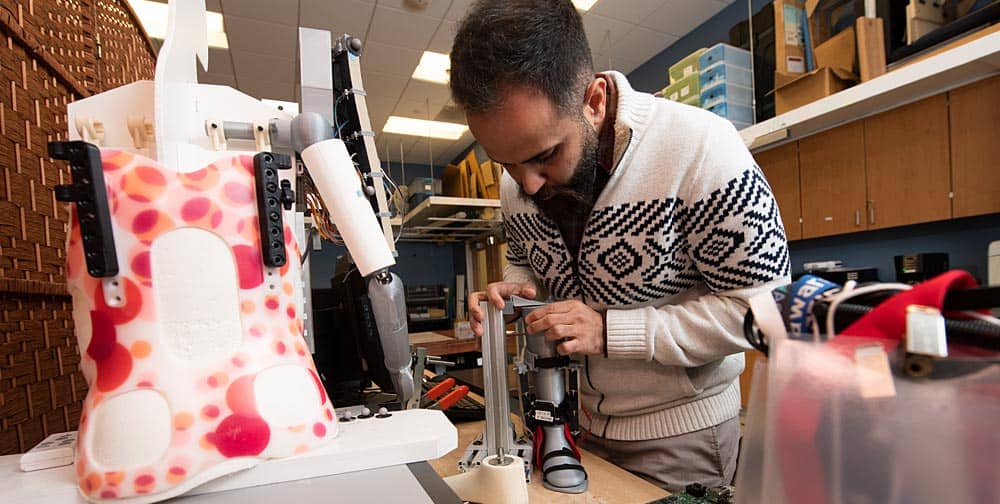
ABOVE: Ahad Behboodi’s promising robotic ankle device, which aims to help children with cerebral palsy move more freely, earned the “Most Innovative Rehabilitation Solution” award at the 2019 American Conference of Rehabilitative Medicine. Pre-pandemic photo by Evan Krape
— Ahad Behboodi
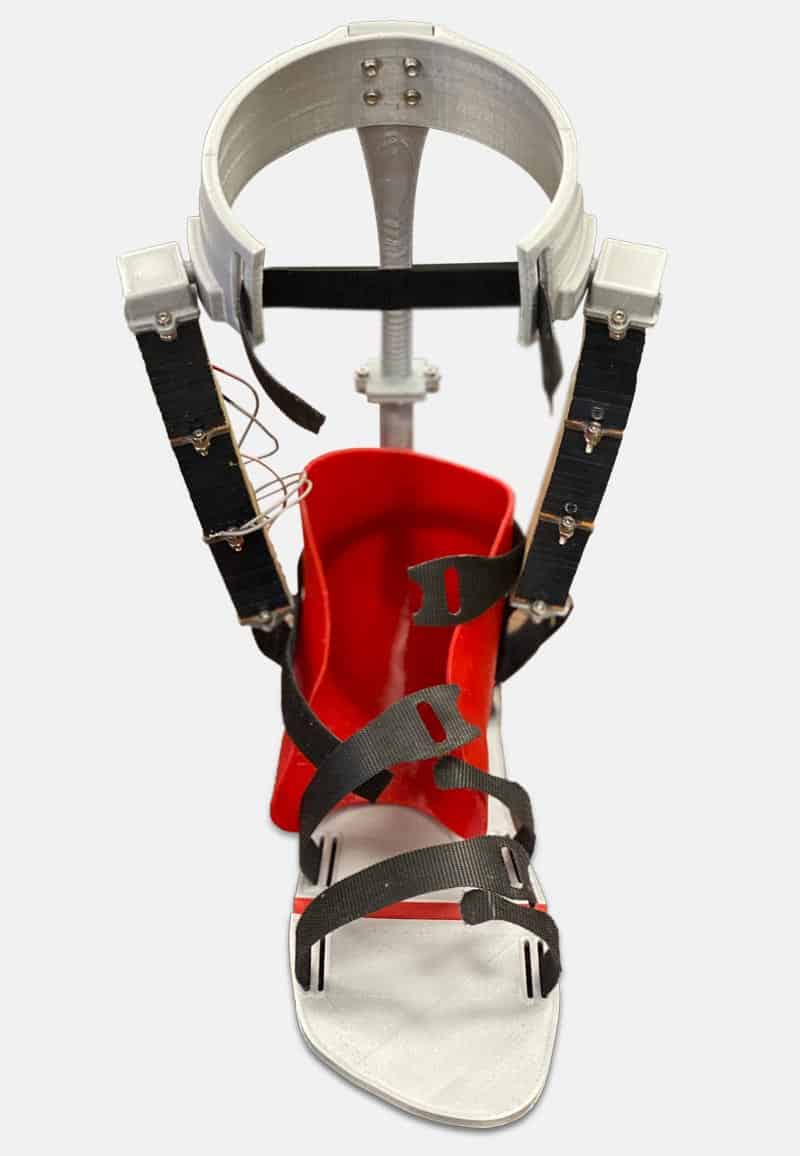
The journey from prototype to product can take years and many enhancements. This version is the fifth iteration.
Ahad Behboodi’s brother Ali (pictured at left) was an early supporter of Ahad’s creative ideas. Now grown, the brothers make a point to stay in touch and visit regularly. Here they are in 2018 during a visit along the coast of San Diego, California. Pre-pandemic photo courtesy Ahad Behboodi
Get to know our grad students
This special section of our digital magazine highlights a powerful force behind UD’s research engine.
MORE STORIES
From the Vice President for Research, Scholarship and Innovation: Moving Forward
The UD research community continues to navigate COVID-19, with health and safety the highest priority. In spite of hardships, we’re facing the pandemic with vigilance and resilience.
News Briefs
Check out our COVID-19 research, a virtual visit with the editor-in-chief of Science, and undergrads at work on the Frontiers of Discovery.
Honors: Celebrating Excellence
UD faculty and students have won major recognition for their expertise and contributions.
Guess Who’s Powering Up UD’s Research Engine?
This issue of the University of Delaware Research magazine introduces you to a critical creative force at UD — our graduate students and postdoctoral researchers. Their ingenuity is lighting new routes to discovery and solutions.
Front Edge of Discovery: Strengthening democracy for a better world
It all began with a Joseph Conrad novel. Doctoral student Pablo McConnie-Saad discusses his journey to better understand democracy, as the first Whittington Graduate Fellow at the Biden Institute.
Front Edge of Discovery: Developing resilient Black girls
Doctoral student and Graduate Scholar Nefetaria Yates is examining school discipline and the tactics Black girls have developed for dealing with the pressures they face. Her ultimate goal is to elevate voices that have been silenced.
Front Edge of Discovery: A clinical science approach
Lexie Tabachnick, in her fifth year of doctoral studies, helps to mentor other grad students and undergraduates while she studies the powerful impact a UD-developed family intervention program is having on vulnerable kids.
Front Edge of Discovery: Beyond the hands of a potter
Sanchita Balachandran, associate director of Johns Hopkins Archaeological Museum and doctoral student in preservation studies at UD, is uncovering the forgotten makers of ancient Greek ceramics, and in so doing, changing our understanding of the past.
Front Edge of Discovery: Changing the world, one food waste at a time
Elvis Ebikade thinks potato peels hold a lot of promise. He’s working on converting the food waste to valuable chemicals and fuels that can power an environmentally-friendly future.
Front Edge of Discovery: The thing about permafrost is…
As a postdoctoral researcher, Liz Coward collected samples of permafrost from the icy walls of a research tunnel in Alaska to study the carbon stored within it.
A Robotics Revolution
Researchers at the University of Delaware are leveraging robotic systems to gain traction on tough problems. Learn how they are driving forward transformative solutions in agriculture, precision medicine, health care, cybersecurity, marine ecology and more.
UD Robotics: Antarctic food webs
University of Delaware researchers Matthew Oliver and Katherine Hudson think that some biological hotspots in Antarctica may operate less like local farms and more like grocery stores. If they are correct, it could provide new information about how this ecosystem will be affected under climate change.
UD Robotics: Robots these days!
Brain-swarm technology is meant to connect minds and machines. For Associate Professor Panos Artemiadis such robotics research has one purpose: To make life and work better for humans.
UD Robotics: Meet me on the cutting edge
Sambeeta Das is forging into an exciting world you can see only with high-powered microscopes, where sci-fi meets reality. Welcome to the world of microrobots!
UD Robotics: Allies in Overcoming Stroke
Stroke is a leading cause of long-term disability, but UD Professor Jennifer Semrau is working to change that. With the help of a robot, she’s uncovering a critical sixth sense that gets sidelined with stroke.
UD Robotics: Startup with Roots
Adam Stager is working on chemical-free ways to help strawberry farmers improve yield using an autonomous field robot.
UD Robotics: Social Robots
Children have grown up with interactive technologies like Siri, Google and Alexa, but they don’t always know how to stay safe online. UD researchers are working on ways to help them.
A Jewish Oral History
A class helps preserve the precious stories of a little-documented time in Jewish life.
Test Your Knowledge: Getting Back to Nature
To reduce stress and strengthen our immune systems, experts often point us to the outdoors. So let’s get moving! There’s lots to see and hear, absorb and appreciate in nature.


